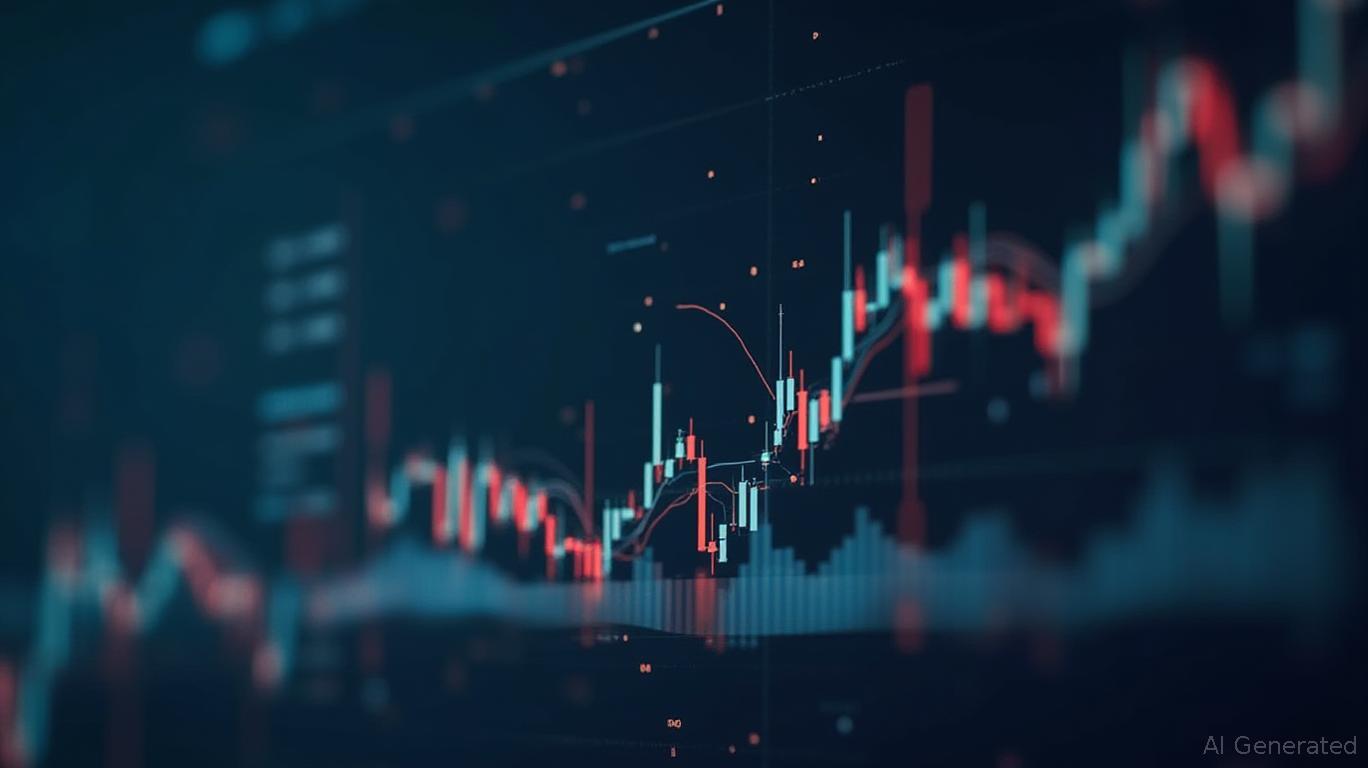Introduction:
In the ever-evolving world of investing, identifying bullish stock trends can be a game changer for investors looking to maximize returns. One of the most effective tools at your disposal is the use of technical indicators. This article will explore what technical indicators are, their relevance to investors, and how they can help you spot potential upward trends in the stock market.
Core Concept Explanation:
Technical indicators are mathematical calculations based on historical price, volume, or open interest data. They are used by traders and investors to forecast future price movements. Indicators can be classified into several types, such as trend, volume, volatility, and momentum indicators. Each type serves a specific purpose, but they all aim to provide insights into the potential direction of stock prices.
Trend indicators, such as moving averages, help identify the overall direction of a market. A simple moving average (SMA) calculates the average price over a specific period, smoothing out fluctuations to reveal the underlying trend. When the price is above the moving average, it signals a bullish trend, while a price below suggests a bearish trend.
Application and Strategies:
Using technical indicators in real-life investing scenarios involves interpreting these signals to make informed decisions. For instance, if a stock’s price crosses above its 50-day moving average, it might indicate the beginning of a bullish trend. Investors can use this signal to enter a position, anticipating further price increases.
Another strategy involves combining multiple indicators for a more comprehensive analysis. For example, using both trend indicators and momentum indicators, like the Relative Strength Index (RSI), can provide a more robust signal. The RSI measures the magnitude of recent price changes to evaluate overbought or oversold conditions. A reading above 70 suggests a stock might be overbought, while below 30 indicates it could be oversold.
Case Study Analysis:
A notable example of technical indicators impacting the stock market occurred with
Inc. in 2020. During this period, Tesla’s stock price exhibited a strong bullish trend, crossing above key moving averages like the 50-day and 200-day SMA. Investors who identified these upward crossings and combined them with an RSI analysis saw an opportunity to buy into the trend early. Subsequently, Tesla’s stock continued to climb, generating significant returns for those who leveraged these technical insights.
Risks and Considerations:
While technical indicators can be powerful tools, they are not foolproof. One risk is the possibility of false signals, where indicators suggest a trend that does not materialize. To mitigate this risk, investors should use indicators in conjunction with other analysis methods, such as fundamental analysis, which examines a company's financial health and market conditions.
Additionally, over-reliance on technical indicators can lead to excessive trading and increased transaction costs. It's crucial to develop a risk management strategy that includes setting stop-loss orders to limit potential losses.
Conclusion:
Mastering technical indicators can provide investors with valuable insights into bullish stock trends, helping them make informed investment decisions. By understanding and applying indicators like moving averages and RSI, investors can enhance their market analysis and improve their chances of success. However, it's important to remain mindful of the risks and exercise caution, combining technical analysis with other strategies for a well-rounded approach. With practice and careful consideration, technical indicators can become a vital part of your investment toolkit.






Comments
No comments yet